Top 10 Most Crowded Islands in the World 2025
By ICON TEAM | Published on Aug 11, 2025
List Of Top 10 Most Crowded Islands in the World 2025:
Due to their limited land supply, certain of the world's islands suffer severe population density issues as the world's population continues to grow and urban areas spread. These islands, which are frequently small in size but have a huge population, demonstrate how humans can adapt to limited areas and yet create thriving, busy societies in spite of the lack of space. Based on existing data and population density criteria, the following list identifies the top 10 most congested islands in the world in 2025, ranging from small Caribbean outposts to busy Asian metropolis centers. Every island narrates a different tale of cultural diversity, human tenacity, and the difficulties of residing in crowded spaces.
1. Santa Cruz del Islote, Colombia:
The world's most congested island is Santa Cruz del Islote, a tiny island in the Caribbean Sea's San Bernardo Archipelago in Colombia. This manmade island, which is only 0.004 square miles (about one hectare) in size, is inhabited by about 1,247 individuals, giving it an astounding population density of almost 103,917 persons per square kilometer. Originally constructed by fisherman who piled up coral and rubbish, the island lacks basic facilities like running water and electricity, and because there isn't enough room for a cemetery, funerals must take place on neighboring islands. Despite these drawbacks, the neighborhood, which has vibrant homes crammed together and a strong sense of community living, prospers from fishing and little tourists. Although the island's future sustainability is still a problem, its isolation and dearth of economic prospects make it a unique example of human adaptability to severe spatial limits.
2. Ap Lei Chau, Hong Kong:
A notable illustration of urban density is Ap Lei Chau, a small island off the southern coast of Hong Kong. Approximately 86,782 people live there, making it a population density of about 66,755 per square kilometer although only taking up 0.5 square miles. Once a fishing village, Ap Lei Chau is now a commercial and residential center, connected to Hong Kong Island by a bridge. The majority of people live in high-rise apartment buildings on the northern portion of the island, which also has shopping malls, a brewery, and a vineyard. Development has been fueled by its closeness to Hong Kong's economic hub, yet because of the land's restricted size, every square meter is used to its full potential, resulting in a busy urban setting that perfectly captures Hong Kong's vertical living culture. The island's congestion is indicative of larger patterns in Hong Kong, where efficiency is given priority in urban design and space is at a premium.
3. Migingo Island, Kenya:
With over 65,500 people per square kilometer, Migingo Island, a small half-acre rock in Lake Victoria, is one of the most populous and disputed islands in the world. This rocky outcrop, which is home to 100–200 people, is at the heart of a territorial dispute between Kenya and Uganda, mainly because of its great fishing grounds. Since the initial shacks were constructed in 2002, the island has developed into a disorganized collection of pubs, small enterprises serving fisherman, and homes with metal roofs. Life on Migingo is unstable due to a lack of space and constant geopolitical tensions, but the island's inhabitants persevere because of the lucrative fish trade in Lake Victoria. The difficulties of competing resources in small areas are highlighted by Migingo's extraordinary density.
4. Fadiouth, Senegal:
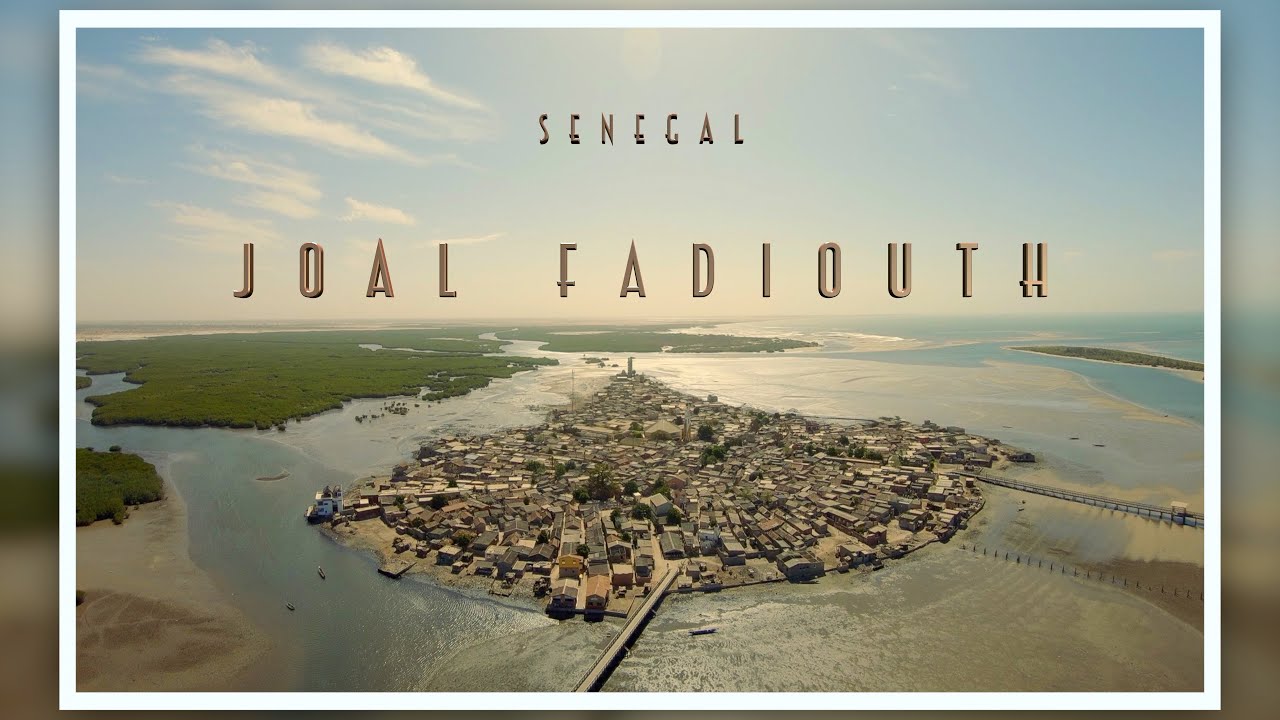
Fadiouth Island is a fascinating clamshell-covered island that is only 0.05 square miles in size and is connected to Senegal's Petite Côte via a bridge. It has about 9,000 residents, meaning that there are about 60,000 people per square kilometer. Seashell strata that have collected over millennia have formed the island's surface, which crunches underfoot and can even be utilized as building material. The people of Fadiouth, who are mostly of the Serer ethnic group, keep up a peaceful community in which Christians and Muslims live side by side. Agriculture, fishing, and tourism—which is increasing due to the island's unique terrain and cultural legacy—are the main drivers of its economy. Fadiouth is an exceptional example of sustainable living in a constrained area because of its high density as well as its ecological and cultural distinctiveness.
5. Malé, Maldives:

Despite only being 0.75 square miles in size, Malé, the capital of the Maldives, is home to almost 90,000 people, meaning that there are roughly 47,416 people per square kilometer. Malé, home to almost 25% of the country's population, is the political, economic, and cultural center of the Maldives. The island is known for its crowded buildings, lively marketplaces, and a sizable barrier to prevent flooding, which is becoming a bigger problem as a result of sea level rise. With its bustling streets and vibrant skyscrapers that reflect its urban intensity, Malé is a significant center for both tourism and government despite its small size. Infrastructure and sustainability are hampered by the island's congestion, especially as climate change is endangering its low-lying terrain.
6. Ebeye, Marshall Islands:
About 15,000 people live on Ebeye Island, which is a part of the Marshall Islands, and it is less than 0.25 square miles in size, meaning that there are about 41,667 people per square kilometer. The high population density of Ebeye is a result of the fact that many of its citizens are descended from people who were uprooted by American nuclear testing on the neighboring atolls of Bikini and Enewetak. Workers at the nearby U.S. military post on Kwajalein Atoll use the island as a residential base, however because of its limited area and resources, the infrastructure is under stress, which causes overcrowding and sanitary problems. Ebeye continues to be an important community center in spite of these obstacles, as its citizens manage the demands of modernization and space constraints while preserving close cultural ties to Marshallese customs.
7. Ilha de Moçambique, Mozambique:
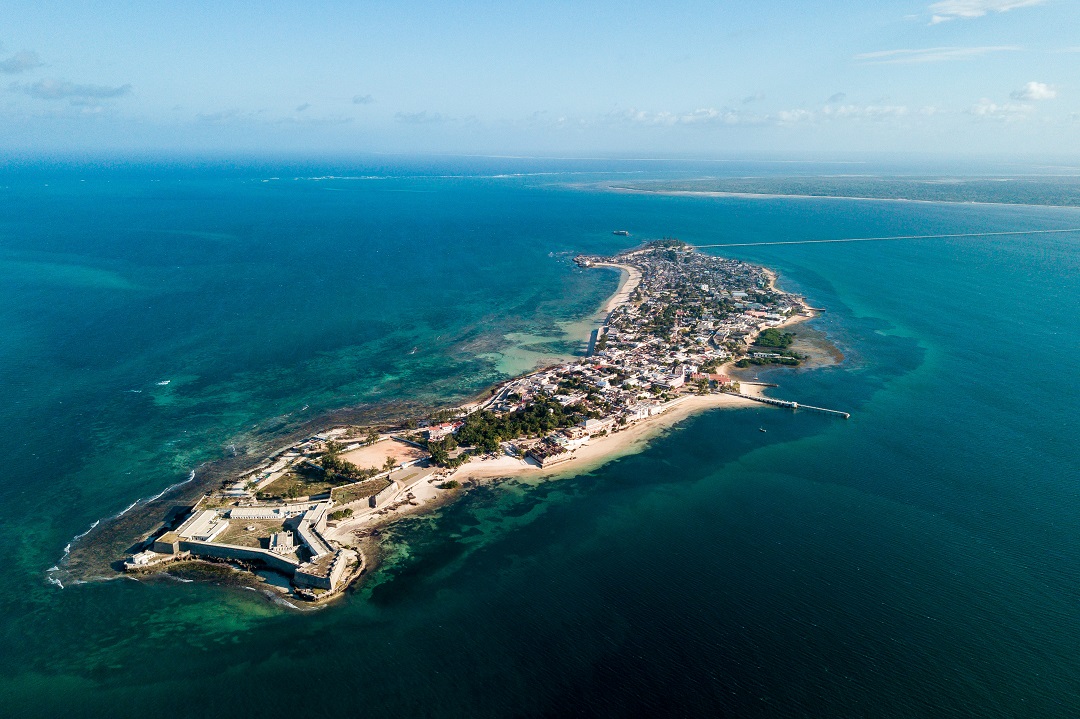
Ilha de Moçambique, a UNESCO World Heritage Site, is 2 miles long and 1,800 feet wide, with a population density of about 36,210 persons per square kilometer and little over 54,000 residents. Reflecting its colonial heritage, this ancient island off the northern coast of Mozambique is home to the oldest fort in sub-Saharan Africa and the oldest European structure in the southern hemisphere. The island's economy is based on trade, tourism, and fishing; tourists are drawn to the island by its small streets and coral-stone buildings. Its small geographical area and expanding population, however, pose problems for housing and infrastructure, necessitating careful management to protect its cultural legacy while meeting the demands of its citizens. The density of the island emphasizes the harmony between the needs of the present and the preservation of the past.
8. Manhattan, United States:
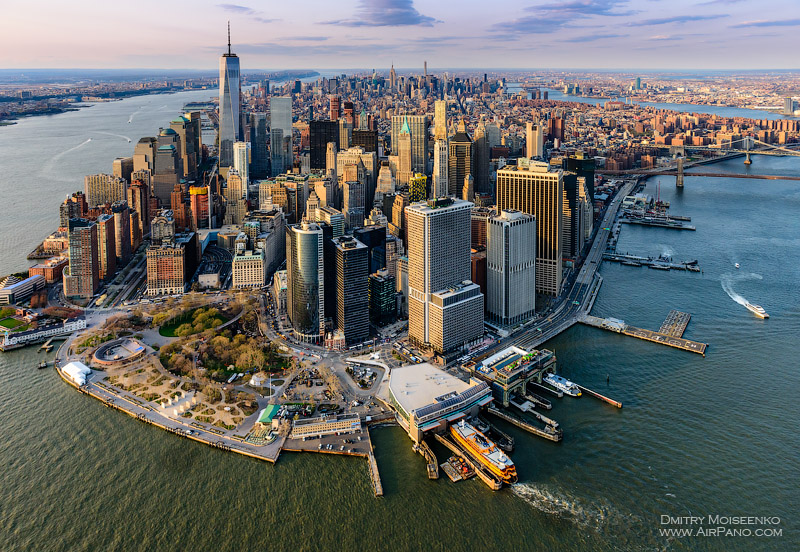
About 1.62 million people live in Manhattan, the famous borough of New York City, which is 23 square miles in size and has a population density of about 27,489 per square kilometer. Manhattan's density is fueled by its status as a major global financial and cultural center, despite the fact that it is far larger than other islands on this list. Residents and employees are crammed into a small area by skyscrapers, high-rise flats, and office buildings that dominate the scene. Manhattan continues to draw people looking for opportunity, culture, and urban vitality despite the exodus of some inhabitants due to the high cost of living. Its density, which is backed by substantial infrastructure and public transit, reflects the fierce demand for space in one of the most vibrant cities in the world.
9. Salsette Island, India:
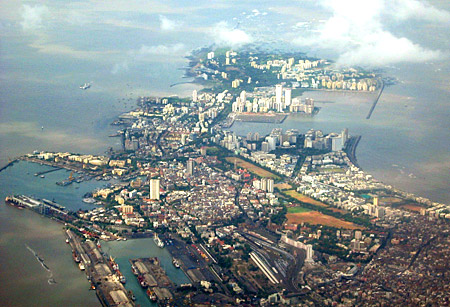
Salsette Island, which makes up a large portion of Mumbai's metropolitan region, is 238 square miles in size and is home to more over 15 million people, or 24,414 people per square kilometer. The economic powerhouse of India is Salsette, one of the biggest and most populated islands on this list. Mumbai's skyscrapers, slums, and bustling markets coexist in a chaotic urban tapestry. Infrastructure has been overburdened by the island's explosive growth, creating problems including traffic jams and a lack of available homes. Despite these problems, Salsette is a global center due to its economic potential, cultural richness, and Bollywood appeal; its density reflects both its advantages and disadvantages.
10. Île Saint-Louis, France:
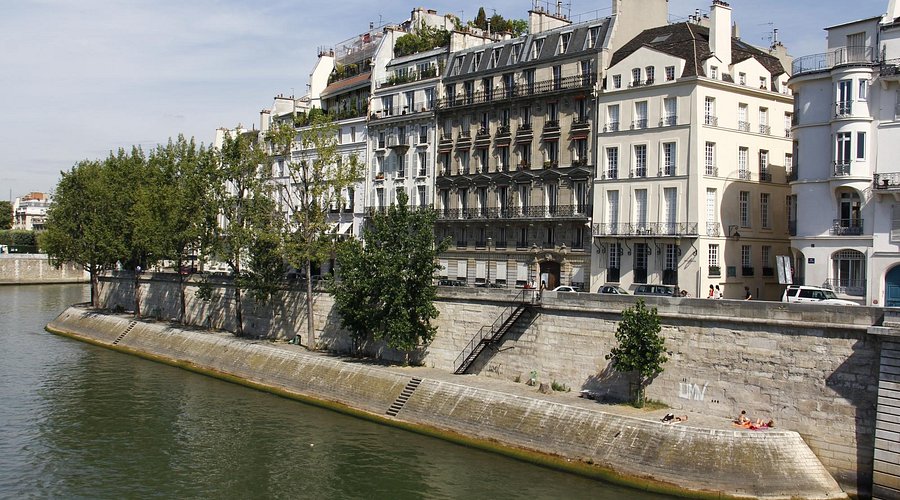
Just 0.04 square miles make up the tiny island of Île Saint-Louis in the Seine River in Paris, which is inhabited by about 2,465 people, or 22,409 people per square kilometer. This picturesque island, which is connected to Paris by bridges, is well-known for its 17th-century architecture, quiet cafes, and tranquil atmosphere. It draws visitors looking for a break from the busy metropolis. With ancient buildings housing both locals and boutique businesses, its compact size and domestic orientation create a welcoming yet congested atmosphere. Although not as high as other islands on this list, the island's density reflects its appeal as a posh and charming haven in the center of Paris.
Comments 0